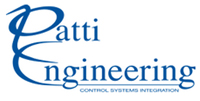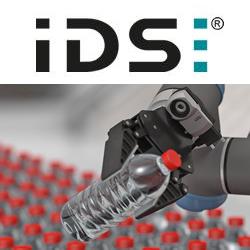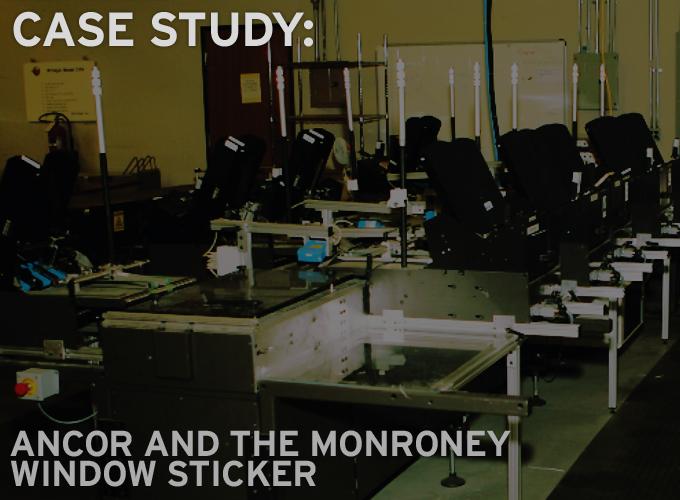Ancor knew there had to be a better and more efficient way to manage the label packaging process – which had a 10-hour or less nightly production timeframe and a client-mandated 100% verification process.
Contributed by | Patti Engineering
Problem
For 18 years every night, Troy, Michigan-based Ancor had been printing all of Ford Motor Company’s vehicle window label packages, matching vehicle identification numbers (VINs) and then hand stuffing and overnighting them to 19 plants nationwide. Ancor’s Executive Director David Bartkowiak knew there had to be a better and more efficient way to manage the label packaging process – which had a 10-hour or less nightly production timeframe and a client-mandated 100% verification process.
Product
Custom machinery such as the Ancor project often goes through many stages of development. Once the hardware is developed and the actual product is loaded into the process, an evolution begins taking place. In this case, a cooperative effort involving the staff from Ancor, Patti and KEPES (the hardware vendor) worked their way through a variety of challenges that came to the surface. Issues with products, speeds, tracking and insertion were overcome one-by-one.
What Patti and KEPES ended up with were eight feeders that each held one of the required, preprinted labels and a scanning and conveyer system for the large envelope and vehicle sticker. “We had to do a lot of coordination,” explains Steve Buffmyer, Patti’s Project Engineer. “We had the physical limitation of the label so it didn’t get airborne and caught on something. Then the settling time of the newlystacked labels before they reached the envelope coming down the conveyor. Then to aim at the physical target of the envelope with one, big and final shove of the contents in 1/3 of a second. That process doesn’t even include the feeding, scanning and sweeping of the vehicle sticker and envelope just amazingly and insanely fast so it meets its appropriate label pile at the right point on the conveyor.”
Patti's Solution
The run on Patti’s machine also had to coordinate with the external printer. A visual basic application controls the sequence of feed, scan, and verify. The server fires all the bar code scans, compares that to the numbers in the database and matches and interfaces with the PLC that actually controls the machine – it’s like a hand shaking between the server and PLC. It’s tried and true technology being used in a new, innovative way.
Customer Savings
Ancor’s Bartkowiak surpassed his labor savings and beat the ROI expectations in 30 months versus the projected 36 month.

About Patti Engineering
Patti Engineering began operations in 1991 as a corporation in the home of president/owner Sam Hoff. It is currently located at 2110 E. Walton Blvd., Auburn Hills, MI 48326.
Patti Engineering provides an array of products in the fields of automation solutions, sortation and distribution, shop floor IT solutions, energy management, asset management and service contracts.
The content & opinions in this article are the author’s and do not necessarily represent the views of RoboticsTomorrow
Comments (0)
This post does not have any comments. Be the first to leave a comment below.
Featured Product


